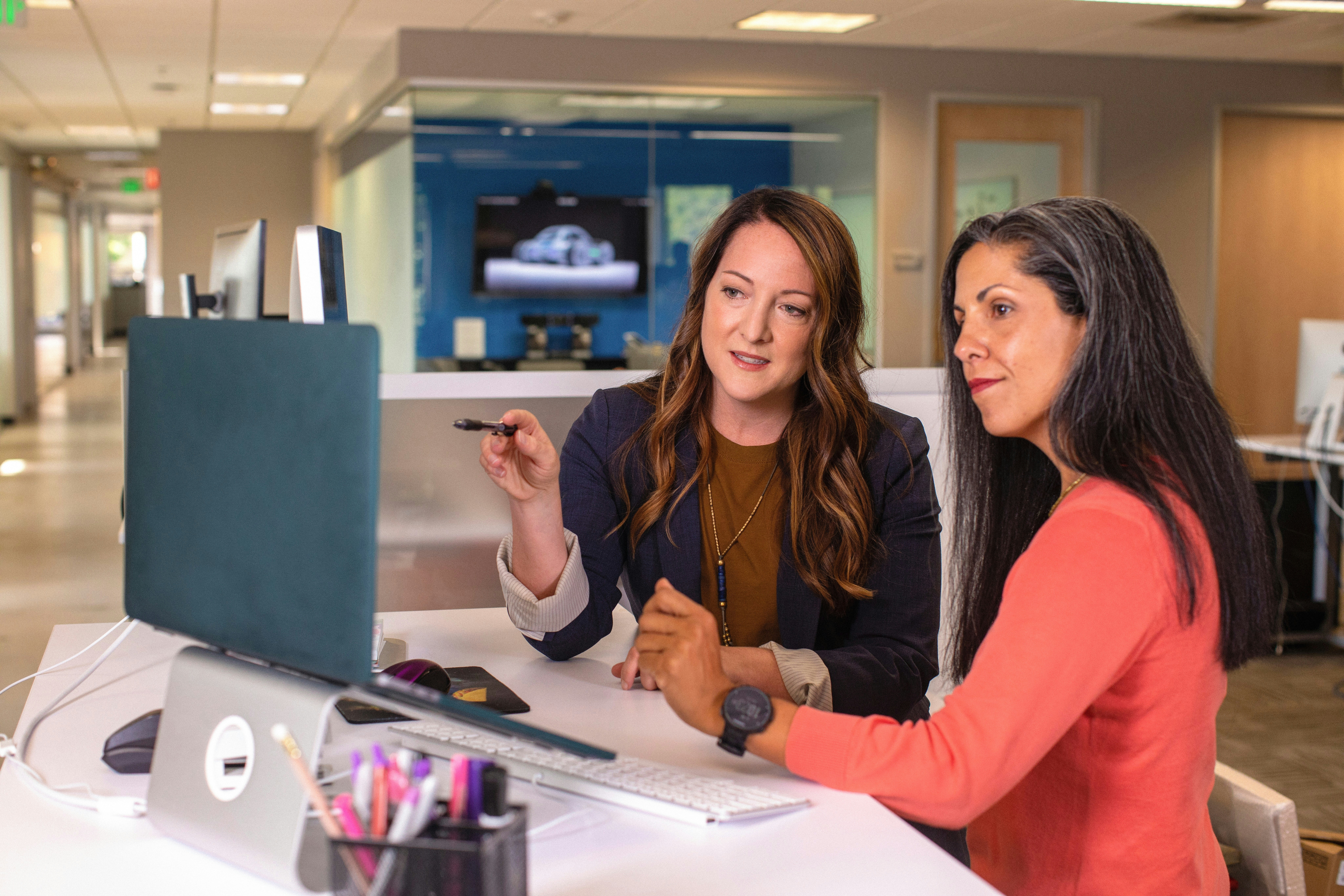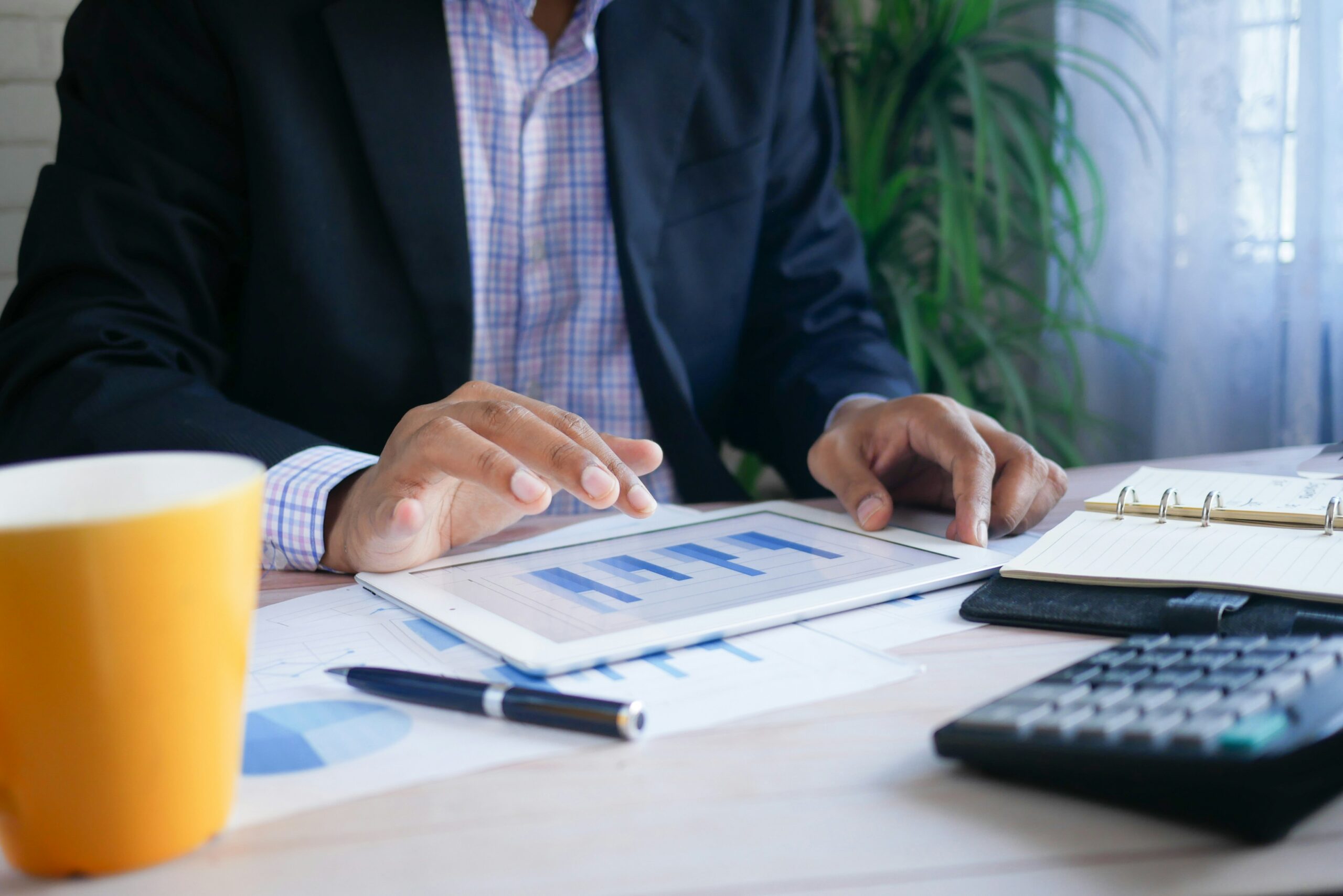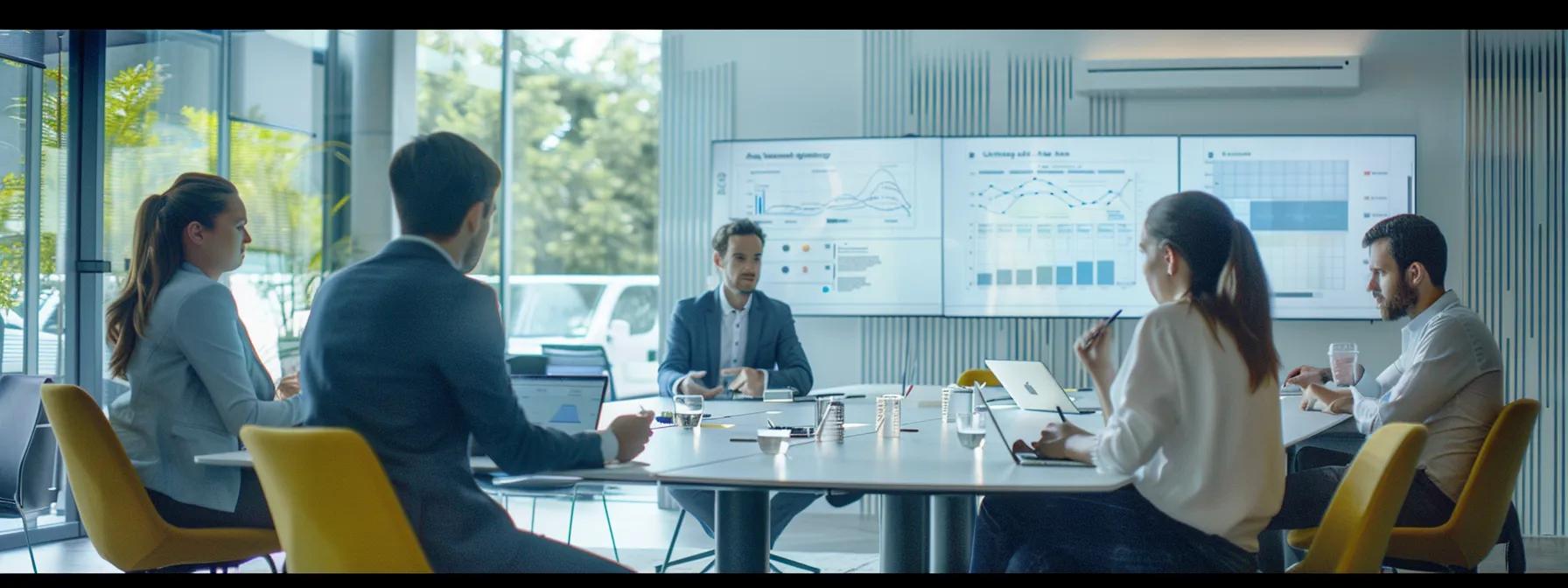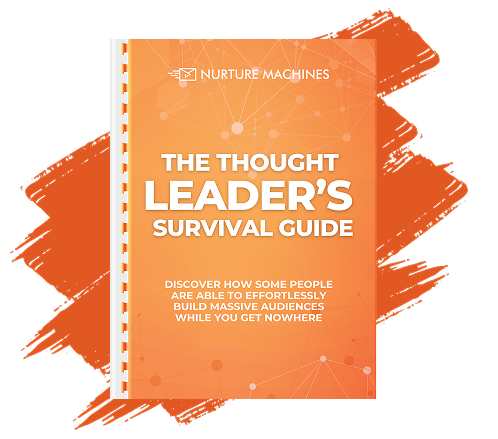In today’s competitive market, retaining customers is just as important as acquiring new ones. Strategic upselling boosts loyalty and revenue by offering customers well-timed, valuable upgrades tailored to their needs. Unlike generic promotions, it relies on personalized offers driven by data insights and customer behavior. This creates smoother experiences, builds trust, and strengthens long-term relationships.
By aligning upsells with usage patterns and preferences, businesses can deliver relevant value and reduce churn. This blog explores how strategic upselling enhances customer satisfaction, improves retention, and drives growth through intelligent automation and real-time engagement.
Key Takeaways
- Strategic upselling boosts loyalty by offering timely, relevant product upgrades.
- Data analytics helps identify high-value upsell opportunities across user journeys.
- Personalization ensures upsells feel helpful, not pushy, driving higher engagement.
- Seamless integration within platforms encourages smoother upgrade adoption.
- AI and automation improve upsell timing, conversion, and long-term retention.
What Is Strategic Upselling and How Does It Boost Customer Loyalty?

Strategic upselling is a purposeful method that encourages customers to upgrade or add to their purchases in a way that increases value for both the business and the customer. It helps build stronger connections by addressing needs customers may not have realized they had. Rather than using broad promotional tactics, strategic upselling offers carefully chosen options that feel like a natural next step. This strengthens trust and positions the brand as a long-term partner. Over time, this method enhances loyalty and boosts lifetime value by reinforcing ongoing relevance and support.
What Defines Upselling and Its Role in Customer Retention?
Upselling is the act of recommending higher-value alternatives or additions to a customer’s current purchase. This strategy increases satisfaction when the added features align with what customers need. A well-executed upsell improves their experience by enhancing convenience, productivity, or ease of use. Customers feel better served, which leads to continued engagement with the product or service. When upsells solve real problems, they reduce the chance of customer attrition. These interactions create stronger emotional ties, which improves loyalty. More personalized upsells often result in longer-term relationships and decreased churn.
How Does Upselling Increase Customer Lifetime Value (CLTV)?
Strategic upselling raises CLTV by improving both average transaction size and overall engagement frequency. When customers find additional value in their purchases, they tend to return more often and invest in longer-term use. Over time, the revenue from a single customer increases without significantly raising acquisition costs. Upselling also introduces customers to a wider range of solutions, making them more dependent on the product ecosystem. By offering well-timed upgrades or extensions, businesses reduce churn and increase loyalty. As usage grows, customers feel more committed, driving stronger retention results.
Why Is Personalized Upselling More Effective for Loyalty?
Personalized upselling focuses on aligning offers with each customer’s unique habits, preferences, and goals. It uses customer behavior data to present relevant upgrades or additions at the right time. This avoids overwhelming users with irrelevant messages and instead highlights solutions that meet their specific needs. The result is a more natural and helpful experience, encouraging higher engagement and satisfaction. Customers feel that the business understands their needs, reinforcing brand trust. Personalized upsells increase the likelihood of positive responses, which deepens commitment and strengthens loyalty over time.
How Can You Use Data Analytics to Identify Upselling Opportunities?

Data analytics provides the foundation for identifying high-value upselling opportunities across the customer journey. By reviewing customer behavior, interaction frequency, and purchase patterns, teams can predict which users are ready for an upgrade. These insights reveal when to act and what offers to make. When paired with automation, data allows for real-time targeting and better timing. This helps deliver relevant upsell prompts at ideal touchpoints. A strategic approach to analytics increases conversion rates, lowers churn, and strengthens the customer relationship over time.
What Customer Segmentation Methods Improve Upsell Targeting?
Effective segmentation groups customers based on engagement level, purchase history, or behavioral triggers. This approach ensures the right upsell is delivered to the right user at the right time. For example, active users may be shown advanced feature sets, while new users receive onboarding-focused upgrades. By focusing on meaningful segmentation criteria like frequency of usage or average spend, teams avoid sending irrelevant offers. This not only improves upsell performance but also maintains trust and satisfaction. Segmentation enhances targeting precision, leading to better personalization and deeper loyalty.
How Does Predictive Analytics Forecast Customer Needs?
Predictive analytics uses data patterns to anticipate what customers are likely to need next. By tracking product usage, engagement habits, and service requests, businesses can identify signs that a user may benefit from an upgrade. These tools help teams act before customers encounter limitations or frustration. For instance, usage spikes may signal readiness for expanded features or support packages. Integrating prediction into upselling workflows ensures timely offers that feel proactive, not reactive. This type of engagement builds stronger emotional connections and reduces churn risk.
Which Metrics Should You Track to Measure Upselling Success?
Key performance indicators for upselling include upsell conversion rate, average order value, and retention rate. Tracking these metrics helps teams understand what’s working and where adjustments are needed. Customer lifetime value (CLTV) is another important indicator, showing how upsells contribute to long-term revenue. Monitoring user engagement with upsell offers—like click-throughs and time to purchase—also reveals performance gaps. Keeping a close watch on these stats enables ongoing optimization. It ensures that upsell strategies remain effective as customer expectations evolve.
What Personalized Upselling Strategies Enhance Customer Engagement?

Personalized upselling boosts engagement by delivering tailored solutions that align with each customer’s journey. These strategies use behavioral data to make offers that feel intuitive rather than intrusive. When users see upgrades that solve problems or add value, they are more likely to convert. Personalization also shows that a business is attentive to customer needs. Over time, this level of attention builds trust, increases satisfaction, and strengthens the relationship. Personalized upsells turn ordinary transactions into loyalty-building moments.
How to Craft Customized Upsell Messages That Resonate?
Customized upsell messages begin with clear understanding of a user’s behavior, usage level, and preferences. These messages should highlight specific benefits relevant to the customer’s current situation. For example, users focused on reporting may be shown advanced data tools with time-saving benefits. The tone must be helpful, not salesy. Strong messaging avoids generalities and instead points to direct improvements. Visual cues, side-by-side comparisons, and testimonials from similar user types can reinforce impact. The more relevant the message, the more likely it is to inspire action.
What Are the Best Practices for Seamless Upgrade Paths?
Upgrade paths must be easy to access, understand, and act on. Seamless transitions reduce friction and increase conversion. Offering one-click upgrade options inside dashboards or apps makes the decision feel effortless. Clear pricing, transparent benefits, and short trial periods add confidence. Notifications should be timed based on behavior, like reaching feature limits or hitting usage caps. Support should also be available to help users through the process. The smoother the upgrade experience, the more likely customers will accept the offer and stay engaged.
Which Tools Support Effective Personalization in Upselling?
Automation tools, CRM platforms, and AI engines play key roles in personalizing upsells. CRM systems track behavior and store interaction history, helping tailor outreach. Marketing automation platforms send triggered messages when a user hits a specific milestone. AI-driven systems analyze patterns to recommend the best upsell at the right moment. These tools work together to keep upselling relevant, timely, and seamless. Integration with other systems—like customer support or usage analytics—makes personalization even more effective. Tools that unify data and communication drive better engagement and loyalty.
How to Integrate Upselling Within Project Management Software?

Embedding upselling into project management software ensures offers are delivered at natural moments during user workflows. This approach improves adoption rates by meeting users where they already are. Instead of relying on external campaigns, these upsells are contextual—based on real usage and needs. When users experience friction or need advanced capabilities, prompts appear as helpful solutions. Integrated upselling supports a more intuitive journey and builds a sense of continuous product value. It strengthens both retention and long-term engagement.
What Features Are Most Suitable for Upselling in Project Collaboration?
In project collaboration tools, common upsell candidates include advanced dashboards, extended storage, or automation features. These add-ons streamline complex projects and improve team productivity. Users who reach file limits or want deeper analytics are good targets for upgrades. Promoting these features with in-app tooltips or comparison prompts helps clarify value. Offering limited trials for these upgrades lets users experience benefits firsthand. When upsells solve project roadblocks or boost efficiency, they are seen as enhancements rather than extra costs.
How Can Upselling Increase Project Capacity and Efficiency?
Upgraded features like smart scheduling, custom integrations, and resource planning boost team efficiency. These tools help users scale operations without increasing workload. For example, auto-prioritization or workload balancing features save time and improve project flow. Upselling these capabilities supports larger project scopes and faster delivery timelines. Highlighting the direct link between efficiency and these features increases conversion. When users see a clear payoff—like time saved or smoother collaboration—they are more willing to invest in a higher-tier solution.
How Does Advanced Reporting and Analytics Support Upselling?
Robust reporting tools reveal productivity gaps that premium features can fix. When users lack insights into task progress, deliverables, or performance, upgrades can address these blind spots. Offering automated reporting, custom dashboards, or real-time notifications meets this need. Showing users what they’re missing makes the upsell feel urgent and relevant. These features also help customers extract more value from the product, increasing satisfaction. When reporting tools connect the dots between effort and outcome, they reinforce the decision to upgrade.
How Does Strategic Upselling Reduce Customer Churn and Improve Retention?

Strategic upselling builds long-term trust by consistently offering relevant solutions. It reduces churn by keeping customers engaged with evolving product benefits. Rather than pushing generic offers, strategic upselling addresses pain points before they cause dissatisfaction. Customers feel supported and understood, not sold to. This sense of alignment strengthens emotional investment. Over time, customers stay longer because they believe the product adapts with their needs. Strategic upselling transforms short-term interactions into lasting brand relationships.
What Are Common Customer Pain Points Solved Through Upselling?
Customers often experience limitations that upsells can solve—like insufficient functionality, lack of insights, or inefficient workflows. By identifying these pain points early, businesses can offer upgrades that provide targeted relief. For instance, project slowdowns due to manual input might be fixed with automation features. Communicating how the upgrade eliminates frustration increases perceived value. When upselling feels like a solution, not a pitch, customers are more open to change. Solving pain points proactively builds credibility and loyalty.
How to Use Upselling to Create Proactive Value Delivery?
Proactive value delivery means anticipating user needs and offering upgrades before problems arise. This includes using data to forecast when a feature limit will be hit or when productivity drops. Alerts can then recommend timely solutions, such as unlocking performance-boosting features. This approach shows customers that the brand is attentive and supportive. Upselling becomes a tool for reducing friction and optimizing success, rather than just increasing revenue. When upgrades improve the overall experience, retention naturally follows.
Which Customer Lifetime Value Metrics Indicate Retention Improvements?
Upsell conversion rates, average revenue per user (ARPU), and repeat purchase frequency are key CLTV metrics. An increase in these suggests customers find ongoing value in enhanced features. Monitoring changes in engagement post-upgrade helps confirm retention gains. Declining support requests or faster project completions also indicate successful adoption. Together, these metrics show that customers are not only spending more—but benefiting more. When CLTV rises in response to upselling, it signals a strong, loyalty-driven relationship.
Frequently Asked Questions
What is strategic upselling and why is it important?
Strategic upselling is the practice of offering customers higher-tier products or features that directly align with their needs. It’s important because it enhances the customer experience, increases average order value, and strengthens long-term loyalty. Rather than pushing generic upgrades, strategic upselling focuses on delivering relevant value, which reduces churn and improves customer lifetime value.
How can data analytics improve upselling strategies?
Data analytics helps businesses identify patterns in user behavior, purchase history, and feature usage, making it easier to target the right customers with timely upsell offers. NM uses advanced segmentation and analytics tools to uncover these insights and trigger automated recommendations that improve conversion rates and engagement across digital platforms.
What role does personalization play in effective upselling?
Personalization ensures that upsell offers are tailored to the individual customer’s journey, making them feel relevant and helpful instead of sales-driven. By analyzing behavioral cues and customer preferences, companies can position upgrades as solutions to specific needs. NM’s automation platform supports this through real-time personalization, increasing response and retention rates.
How can project management software integrate upselling features?
Upselling in project management tools can be seamlessly embedded through contextual prompts, feature unlocks, or performance alerts. When users encounter usage limits or process inefficiencies, in-app messages can suggest premium solutions. With NM’s marketing automation workflows, such integrations can be timed perfectly for maximum conversion impact.
What future technologies will influence upselling practices?
Emerging tools like AI, machine learning, and predictive analytics are shaping the future of upselling by enabling real-time personalization and intelligent automation. NM incorporates these technologies to help businesses anticipate customer needs, deliver timely offers, and refine strategies for stronger ROI and customer retention.
Conclusion
Strategic upselling isn’t just about increasing revenue—it’s about strengthening relationships and improving the user experience. When businesses align offers with customer needs, upselling becomes a tool for trust, not pressure. It creates value at every stage of the journey and encourages loyalty through relevance. By using automation, analytics, and personalization, companies can grow sustainably while keeping churn low.







